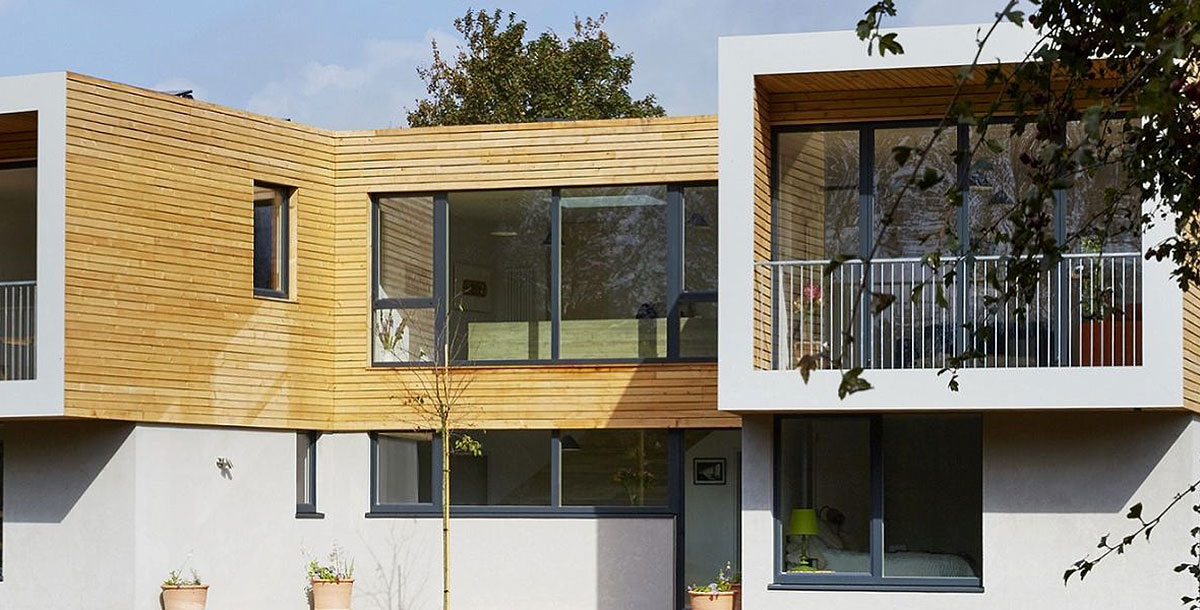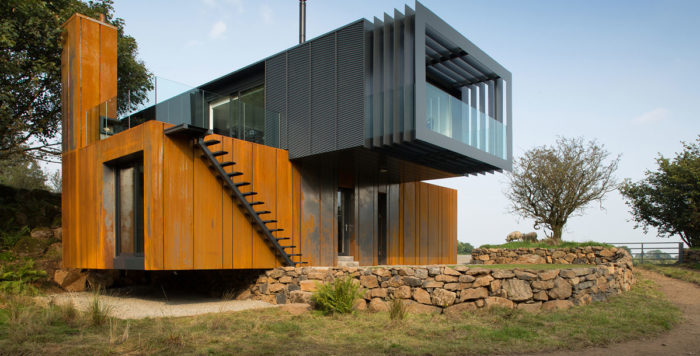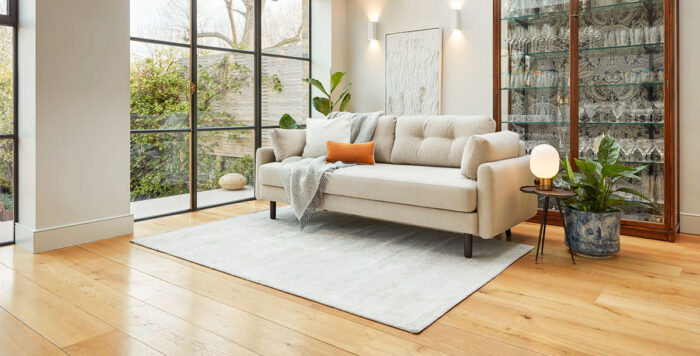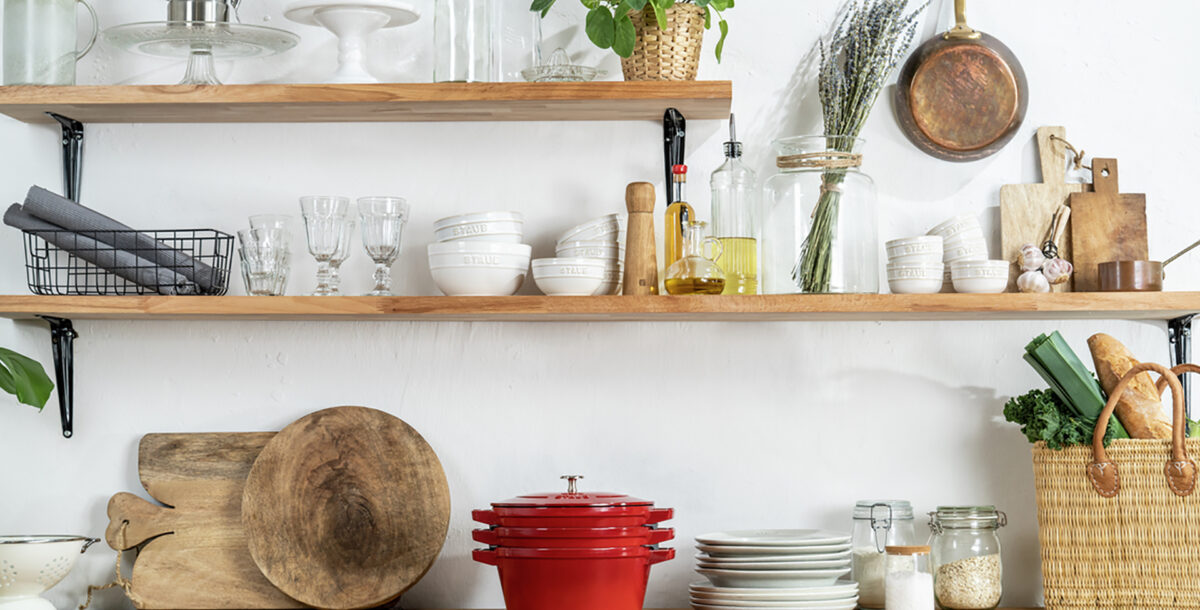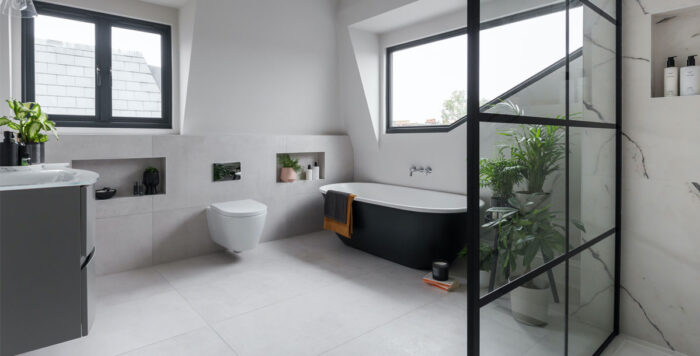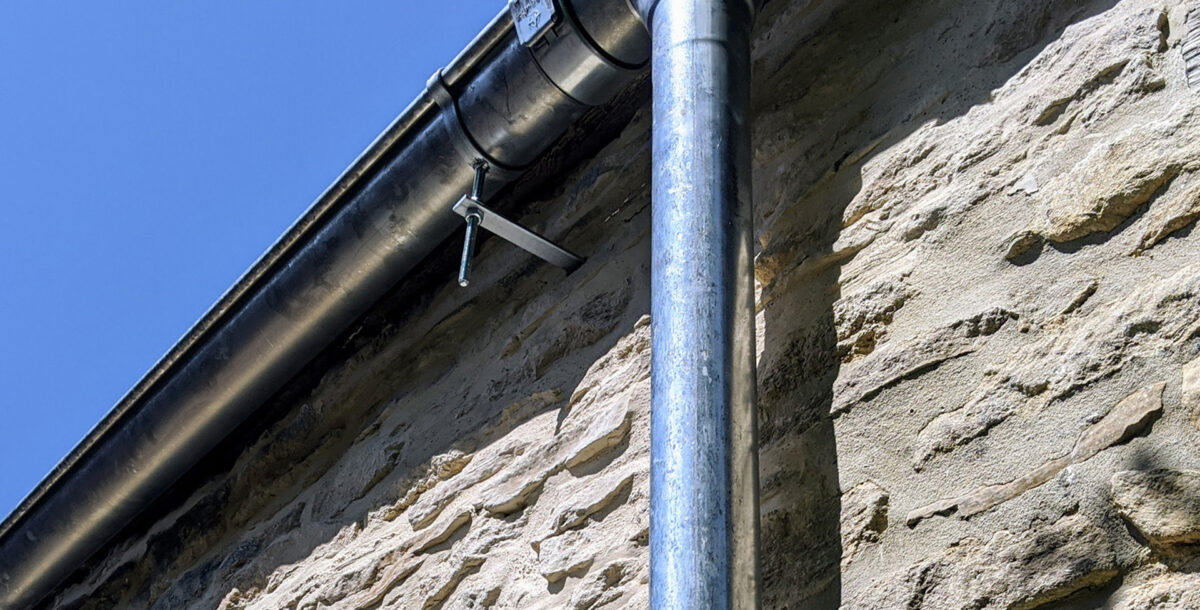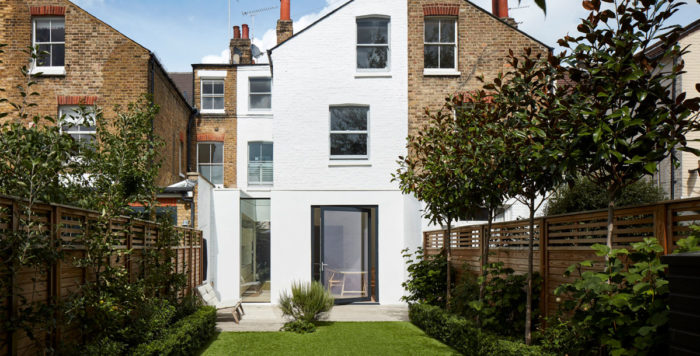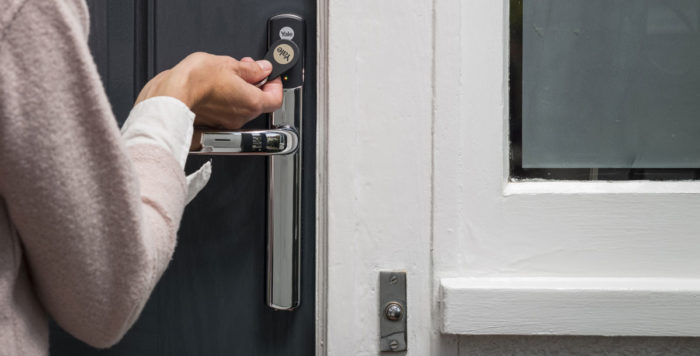Eco building ideas
Expert advice on eco building materials, heating systems, ventilation and more....
The built environment is one of the biggest net contributors to the UK’s carbon footprint. A percentage of these emissions can be attributed to operational carbon. This refers to the emissions resulting from the day-to-day running of a building. Operational carbon arises from things such as heating, ventilation and air conditioning, lighting and electrical appliances. But there are measures self builders can take to limit these emissions. Charlie Ayers, Managing Director of cavity wall system SureCav, offers a selection of eco building solutions.
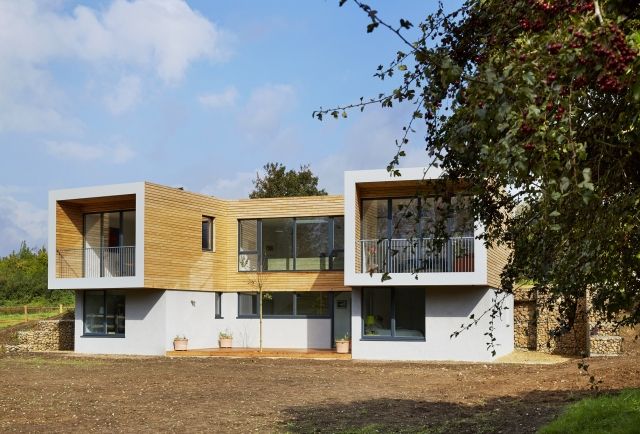
Eco building materials
Material choices are one of the most important considerations for a self builder seeking to achieve a sustainable home. The aim is to take a fabric first approach. Essentially, fabric first is about maximising the performance of the building’s structure. This will optimise your home’s energy efficiency and reduce its dependence on mechanical heating and ventilation systems.
So, try to source products with strong sustainable credentials, including those made from recycled or reclaimed materials. And consider those which can help deliver the best thermal performance.
Research is key
Read the manufacturers claims carefully before buying any material or product. Look for terms such as, ‘delivering low U-values’, ‘super-high insulation’, ‘exploiting thermal mass’, ‘delivering air-tightness’, and ‘solar gain’. These provide a good indication of a high-performance brand. A great place to start is the NBS. With its product selection platform, NBS Source, it has a bank of content on how to choose the most sustainable materials and components for your self build.
Read more: 7 trending eco-friendly construction materials
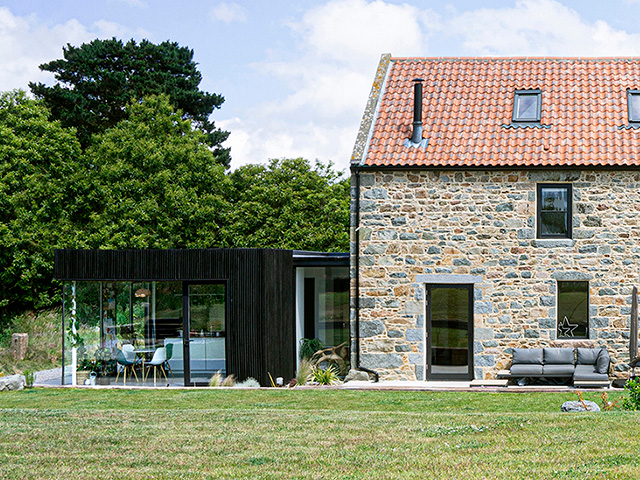
Soup Architects converted this listed barn in Guernsey. Insulation levels surpass building regulations.
Heating solutions
It would be great if passive solutions alone kept every self-build house consistently warm throughout the winter. But in some parts of the country this will never be the case. For instance, in areas of high rainfall excessive moisture requires mechanical heating solutions. The phasing out of gas boilers is encouraging a sea change regarding central heating. Significantly, it is fostering a more sustainable approach. Fortunately, a number of effective, low energy solutions are coming onto the market. Ground and air-source heat pumps have a significant initial cost, but deliver value in the long term. Infrared and solar are two other technologies worth investigating for low carbon heating.
Clear the air
Indoor air quality is receiving attention, as question arise over both the safety and energy consumption of air conditioning systems. Passive ventilation systems use outdoor air movement and warmth to encourage airflow inside the home. They remove moist, stale air and replace it with fresh, filtered air. Not only are these systems easy to install, they reduce energy bills, lower emissions and improve indoor air quality, for a healthier environment. Widely available, best results are achieved with a fabric first approach.
Waste water systems
Recycling waste water is another way to make your self build work more efficiently and reduce your consumption of this precious commodity. There are grey water systems available that repurpose used water for all manner of different tasks, such as clothes washing and toilet flushing.
Smart attenuation systems are particularly useful, especially in areas of high rainfall. Strategically placed sustainable drainage systems (SUDS) prevent flooding. They can be fitted with a reserve tank to collect storm water for future use, including irrigation of garden plants.

